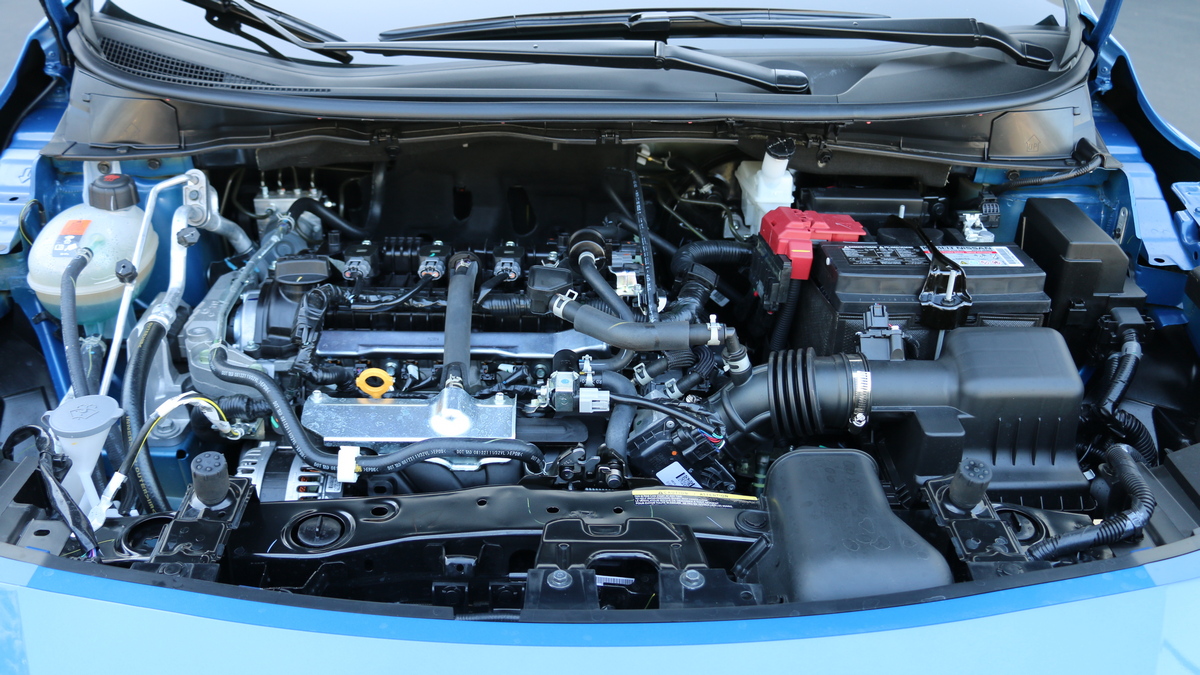- Among the telltale signs that your EV battery may need replacing is that your battery loses its capacity to hold a charge over time.
- It’s important to note that electric vehicles, like other cars, are sophisticated and will display dashboard warning lights or other signs.
- The federal government mandates that carmakers provide EV battery warranties for at least eight years or 100,000 miles, though some provide them for longer.
If you drive an electric car, the time will eventually come when the high-voltage battery starts losing its capacity to fully charge. But how do you know if the EV battery might be dying? There are telltale signs, like reduced range in your electric vehicle when it’s not extremely hot or cold outside. We delve into these and other signs.
The good news is that the United States government mandates that carmakers provide EV battery warranties for a minimum of eight years or 100,000 miles. Some carmakers, like Kia and Tesla, provide them for longer.
GeoTab, a Toronto-based company that tracks battery health for fleets, reports that most EV batteries degrade around 2% each year. That means, if properly cared for, the EV battery should lose about 20% of its capacity after 10 years of ownership. A study by the SLAC-Stanford Battery Center suggests that the average electric car’s battery could last as much as 40% longer.
If you suspect something seems wrong with your EV battery, read on.
- Bad EV Battery: Signs and Symptoms It Could Be Dying
- How Can You Check Your EV Battery Health?
- How Does an EV Battery Warranty Work?
Bad EV Battery: Signs and Symptoms It Could Be Dying
If your electric car battery starts having performance issues and you think it may be on the fritz, check out these signs and symptoms that it could be failing. Remember that the lithium-ion batteries that power the electric motor can overheat if the thermal management systems fail. Also, it’s important to note that electric vehicles, like other cars, are sophisticated and will send you dashboard warning lights or other signs.
1. Less Capacity to Hold Charge
When you discover that your electric car battery loses its capacity to hold its charge time and extreme weather factors are not in play, it’s time to get the system looked at by a mechanic at a dealership or local service center.
2. Slow to Charge
If the EV battery charges slower than normal and it’s not hot or cold outside, there could be an issue with the system. Gary Hardesty, Kelley Blue Book’s in-house service and maintenance expert, said a bad EV battery “may not take a fast charge. It may take much longer to charge, may not charge at all.” Most EV batteries can take from 15 minutes to up to an hour to fully charge at a DC fast charging station. It can take even longer on a Level 2 home charger. Read more on charging: How Long Does It Take To Charge an Electric Car?
3. Decline in Range
If it’s not extremely hot or freezing outside and your electric vehicle shows a continued decline range and is unable to charge above that range, it’s possible the issue is the EV battery. Get it checked out to make sure.
4. It Won’t Start
If you can’t start your electric car or it suddenly loses power when driving, turn off the vehicle and try again. If it still does not start and you know the battery was charged, check the battery gauge. You may need to get your EV towed to the nearest service center to get it checked out.
5. Battery Warning Light
Just like any gasoline-powered vehicle, an electric vehicle will send a warning light to your dashboard or app, letting you know there’s an issue with the battery. Most often, that EV battery light is a turtle icon dubbed “turtle mode.” This is the EV mode when the battery is getting to 5% or below of a charge. When combined with any of the above, it could be a signal that something worse is happening, and it’s time to get the EV checked by a mechanic.
MORE: EV Battery Health: The Essential Guide
How Can You Check Your EV Battery Health?

To locate the health of your EV battery, take the car to a dealership or service center and ask them to check the high-voltage battery status. It’s also possible on some vehicles like Tesla to easily check the EV battery health on the car app or the monitor. For example, Tesla owners or service technicians can look at the car’s monitor and select the Tesla logo. From there, select “display” and then “percentage” to see how much battery capacity is left. You can also select “distance” to see the range.
Nissan Leaf and Ariya owners can access the easy-to-find bar system for battery health.
By 2026, California Air Resources Board (CARB) expects car manufacturers to allow anyone to see the state of an EV’s battery health on the dashboard.
How Does an EV Battery Warranty Work?
Federal law requires automakers to ensure EV high-voltage batteries last for eight years or 100,000 miles, though some carmakers provide them for 10 years or 100,000 miles, and others up to 150,000 miles. For example, Tesla guarantees its EV batteries for the Model S, Model X, and the Cybertruck for eight years or 150,000 miles with a minimum of 70% retention of battery capacity.
California and New York will take EV battery warranties even further, beginning with the 2026 model year. The states will require EV batteries to retain at least 70% of their range for 10 years or 150,000 miles. For 2030 models and beyond, EV batteries must be designed to retain at least 80% for that period. More states could follow CARB’s lead, as many have done so in the past.
Most electric car battery warranties specify the instances when the manufacturer will replace the battery. For example, Tesla will replace batteries that fall below 70% of their capacity while under warranty. Volkswagen promises the same for its ID.4. If you drive a Nissan Leaf, its battery will be replaced if capacity falls under 75%.
MORE: Car Warranty Coverage for Hybrid and EV Batteries
Are EV Battery Warranties Transferable When You Sell?
Most manufacturers transfer warranties when a new owner buys a used electric vehicle. That’s a great selling point if unloading your EV privately or at the dealership. Check your vehicle manual to understand the fine print on the warranty and its transferability.








